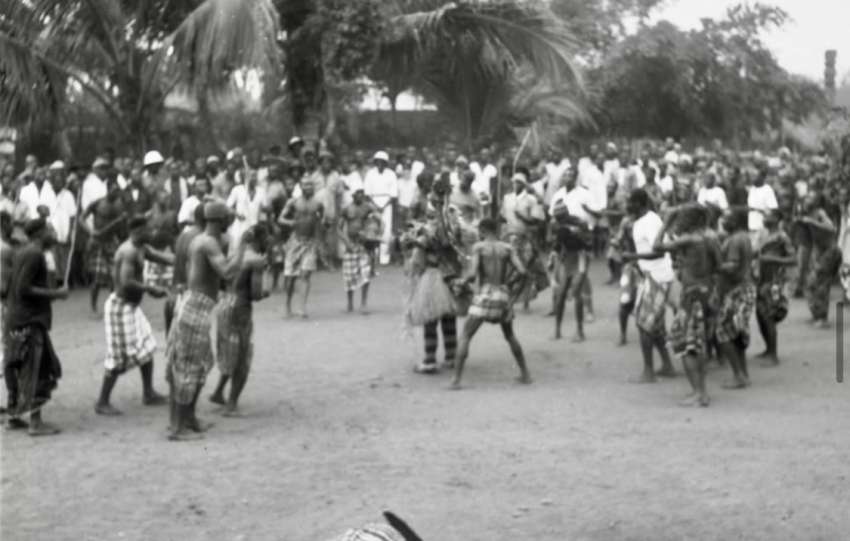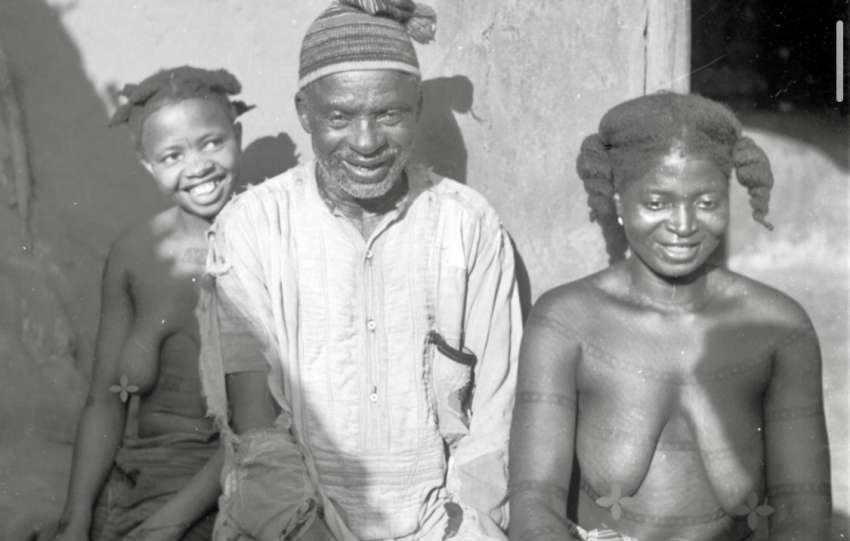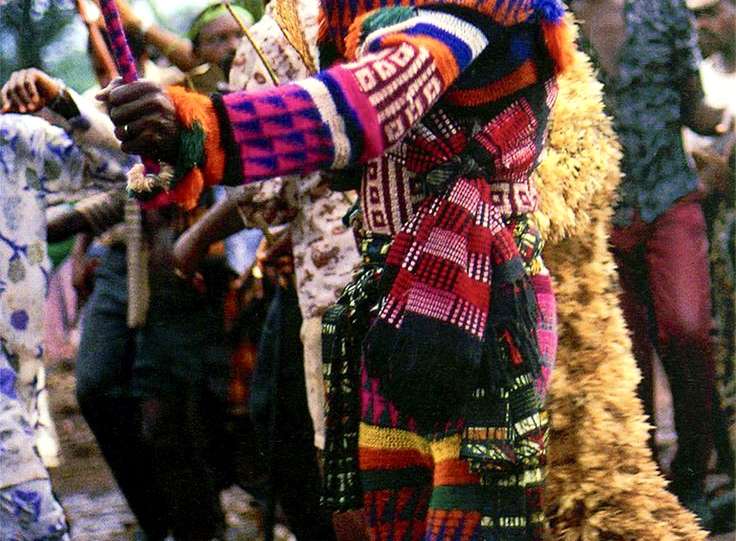The Arochukwu Oracle, also known as Ibini Ukpabi or the "Long Juju" Photo: Pulse
The Arochukwu Oracle, also known as Ibini Ukpabi or the "Long Juju," was the heart of the Aro Confederacy, a powerful group led by the Igbo people in southeastern Nigeria from the 1600s to the early 1900s. Based in Arochukwu, now in…








